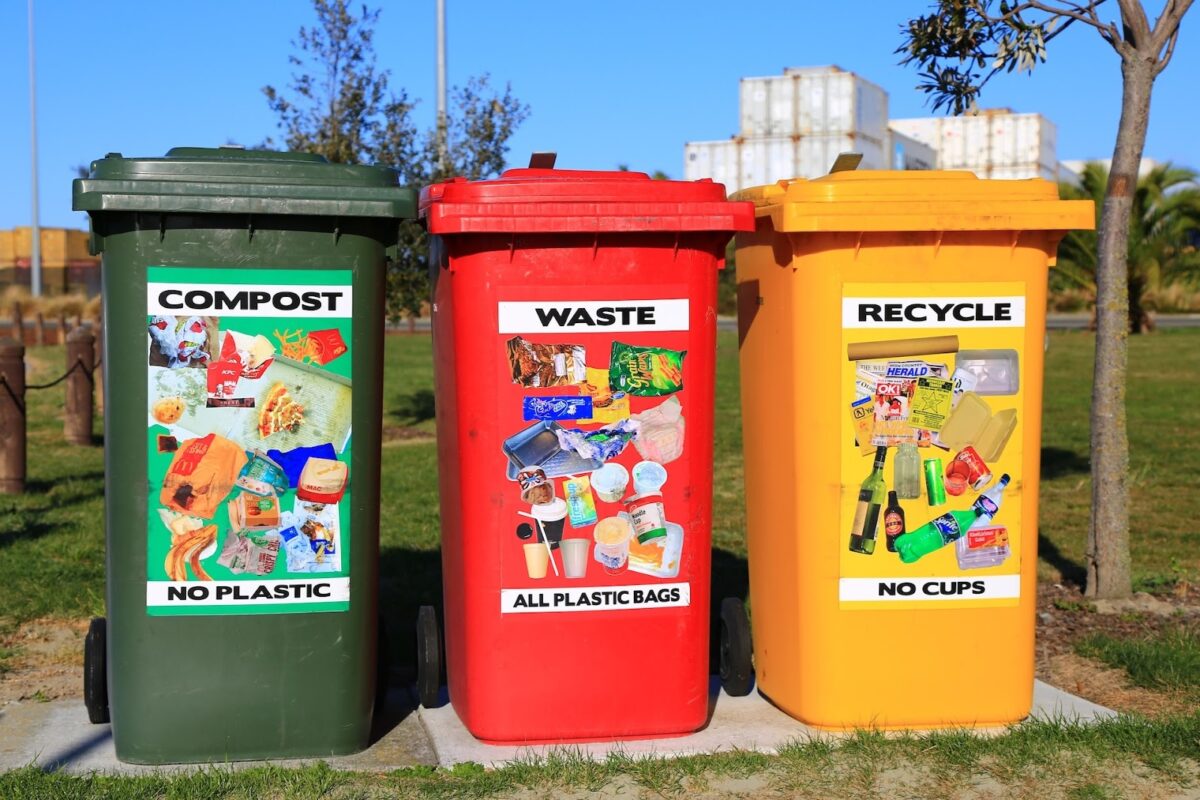Renewable resources are extracted, used, and discarded as waste in a linear economy. This approach leads to excessive consumption and mounting waste, which is detrimental to the environment. However, the circular economy presents a fresh perspective where products, materials, and resources are used for as long as possible, thus minimizing waste and fostering sustainability. This economic model is a departure from the traditional “take,” “make,” and “dispose” model. It creates a closed-loop system where resources are continually reused, refurbished, remanufactured, and recycled, reducing the need for new resource extraction and minimizing environmental impacts.
Accenture estimates that the global value of the circular economy will be worth around $4.5 trillion by 2030. Thus, it presents us with a lot of economic and sustainability opportunities to explore, yet embracing the circular economy requires a paradigm shift, and technology is at the forefront of driving this change. Several innovative technologies are simplifying waste management and recycling processes, making them more efficient, cost-effective, and sustainable. Let’s explore some of them and see how they improve waste reduction and recycling.
Implications of the Circular Economy
Embracing sustainable practices and innovative technologies leads to the creation of new businesses and job opportunities in the green tech sector. By 2030, the circular economy is expected to create a whopping 65 million new jobs, according to the Global Climate Action Summit. This economic model will likely put so many businesses and individuals out of work. In fact, experts predict a job decline in carbon-related sectors as we transition further to a greener economy. Hence, there is a need for investors and businesses to start migrating to more sustainable practices.
A great way to start is by keeping tabs on the industry by watching the economic calendar. On the economic calendar, you’ll find the latest trends in the circular economy, including events related to sustainability policies, technological advancements, and market trends in the sector.
Keeping an eye on these events helps investors navigate the changing landscape and identify opportunities for growth and positive impact. Also, businesses are kept up-to-date and informed about effective, sustainable business practices for a greener future.
Advanced Recycling Technologies
Traditional recycling methods often face challenges due to the complexity of separating and processing various types of waste materials. However, modern technologies have made significant strides in streamlining recycling processes. One such example is the AI-powered sorting systems found in modern waste recycling facilities. Advanced optical sensors and machine learning algorithms now allow waste management facilities to automatically sort different types of materials with remarkable accuracy.
These sorting systems can identify and separate materials like plastics, glass, metals, and paper at impressive speeds, making recycling more efficient and reducing contamination in the recycling stream. As a result, more recycled materials meet the required standards, reducing the need for virgin resources and contributing to a more circular economy.
Innovative recycling methods like chemical recycling and pyrolysis have also seen a surge in development. These methods enable the breakdown of complex materials into their basic components, which can be used to create new products. Plastic waste, for example, can be converted back into its original monomer and reused to make high-quality plastic products.
Internet of Things (IoT) and Waste Management

Smart waste management systems are being implemented in cities worldwide, where connected sensors are deployed in waste bins and dumpsters. These sensors monitor fill levels in real-time and optimize waste collection routes, reducing unnecessary pickups and minimizing the number of collection vehicles on the road. This saves time and fuel and reduces carbon emissions, contributing to a greener environment.
Moreover, IoT-enabled recycling bins make recycling more convenient and rewarding for citizens. Imagine a smart recycling bin that uses a mobile app to track the amount of material recycled by each user and provides incentives such as discount coupons or virtual badges for eco-friendly achievements. An example would be the WasteCoin project. An app that educates users about sustainability and seeks to reward their waste management efforts. This gamification of recycling encourages people to participate actively in waste reduction, turning it into a fun and rewarding experience.
In conclusion, technology’s role in driving waste reduction and recycling is instrumental in fostering the transition toward a circular economy. Advanced recycling technologies and IoT-driven waste management systems are transforming how we deal with waste, making it more efficient and rewarding. Let us seize the opportunities it presents to create a greener and more prosperous future.
